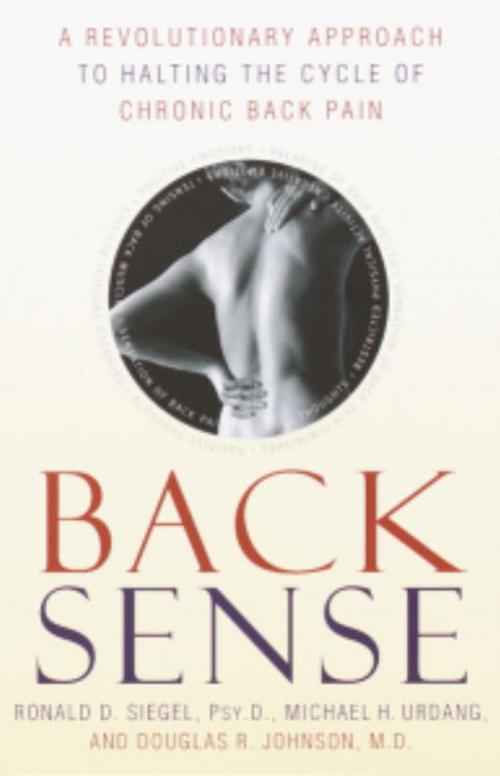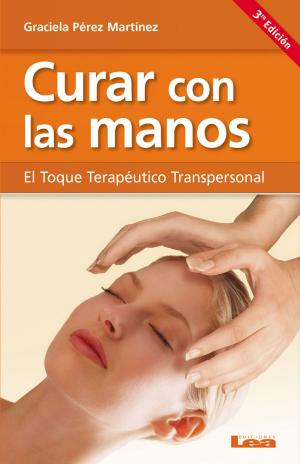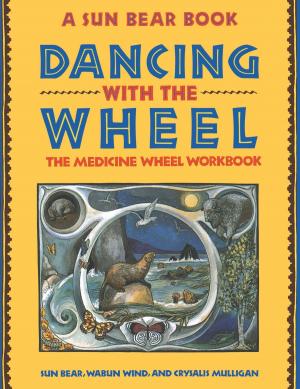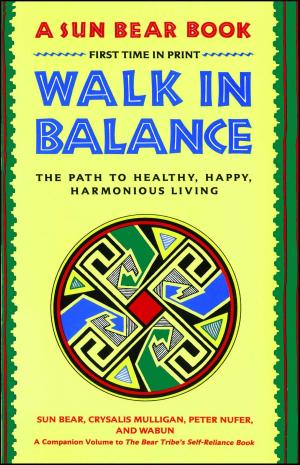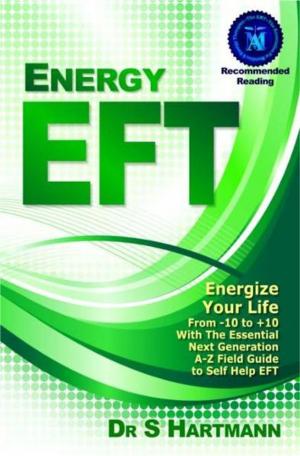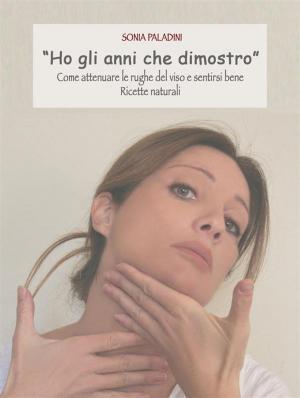Back Sense
A Revolutionary Approach to Halting the Cycle of Chronic Back Pain
Nonfiction, Health & Well Being, Health, Ailments & Diseases, Musculoskeletal, Pain Management, Religion & Spirituality, New Age, Mental & Spiritual Healing| Author: | Michael Urdang, Dr. Ronald D. Siegel, Dr. Douglas R. Johnson | ISBN: | 9780767909716 |
| Publisher: | Potter/Ten Speed/Harmony/Rodale | Publication: | November 29, 2001 |
| Imprint: | Harmony | Language: | English |
| Author: | Michael Urdang, Dr. Ronald D. Siegel, Dr. Douglas R. Johnson |
| ISBN: | 9780767909716 |
| Publisher: | Potter/Ten Speed/Harmony/Rodale |
| Publication: | November 29, 2001 |
| Imprint: | Harmony |
| Language: | English |
Understand your back pain in a whole new way and break the cycle forever.
Back pain is a serious problem, disabling over 5 million Americans and costing society $20 to $50 billion annually. Until recently both doctors and patients have misunderstood its true causes and have unwittingly fostered the pain cycle. Back Sense is the groundbreaking book that promises to change the way we approach the problem by proving that almost all chronic back pain is caused by stress and muscle tension, rather than by damage to the spine.
On occasion nearly everyone experiences short term back pain--from sore or strained muscles. But for many who come to treat their back gingerly because they fear further "injury," a cycle of worry and inactivity results, which actually increases muscle tightness and leads them to think of themselves as having a "bad back." In reality, most backs are strong and resilient--built to support our bodies for a lifetime. Contrary to popular belief, truly "bad backs" are extremely rare.
While seemingly abnormal disks and other parts of the back are, in fact, often present in those who suffer chronic back pain, they are also frequently found in those who have absolutely no pain whatsoever. Back Sense uses the latest scientific research to discredit the perfectly understandable, but counterproductive assumption that back pain is caused by these "abnormalities." Drawing on their work with patients and studies from major scientific journals and corporations such as Boeing, the authors have amassed conclusive evidence proving that stress and inactivity are actually to blame. Since conventional treatments of back problems encourage excessive caution, most sufferers get trapped in a vicious cycle in which concern about pain and physical limitations leads to heightened tension, more pain, and further distress.
The authors of **Back Sense--**all three are former chronic back pain sufferers themselves--have developed a revolutionary self-treatment approach that works. It allows patients to avoid the restrictions and expense of most other treatments. After showing readers how to rule out the possibility that a rare medical condition is the source of their problem, Back Sense clearly and convincingly explains how chronic back pain results from other factors. Building on this idea, the book systematically leads readers toward recapturing a life free of back pain.
Understand your back pain in a whole new way and break the cycle forever.
Back pain is a serious problem, disabling over 5 million Americans and costing society $20 to $50 billion annually. Until recently both doctors and patients have misunderstood its true causes and have unwittingly fostered the pain cycle. Back Sense is the groundbreaking book that promises to change the way we approach the problem by proving that almost all chronic back pain is caused by stress and muscle tension, rather than by damage to the spine.
On occasion nearly everyone experiences short term back pain--from sore or strained muscles. But for many who come to treat their back gingerly because they fear further "injury," a cycle of worry and inactivity results, which actually increases muscle tightness and leads them to think of themselves as having a "bad back." In reality, most backs are strong and resilient--built to support our bodies for a lifetime. Contrary to popular belief, truly "bad backs" are extremely rare.
While seemingly abnormal disks and other parts of the back are, in fact, often present in those who suffer chronic back pain, they are also frequently found in those who have absolutely no pain whatsoever. Back Sense uses the latest scientific research to discredit the perfectly understandable, but counterproductive assumption that back pain is caused by these "abnormalities." Drawing on their work with patients and studies from major scientific journals and corporations such as Boeing, the authors have amassed conclusive evidence proving that stress and inactivity are actually to blame. Since conventional treatments of back problems encourage excessive caution, most sufferers get trapped in a vicious cycle in which concern about pain and physical limitations leads to heightened tension, more pain, and further distress.
The authors of **Back Sense--**all three are former chronic back pain sufferers themselves--have developed a revolutionary self-treatment approach that works. It allows patients to avoid the restrictions and expense of most other treatments. After showing readers how to rule out the possibility that a rare medical condition is the source of their problem, Back Sense clearly and convincingly explains how chronic back pain results from other factors. Building on this idea, the book systematically leads readers toward recapturing a life free of back pain.
